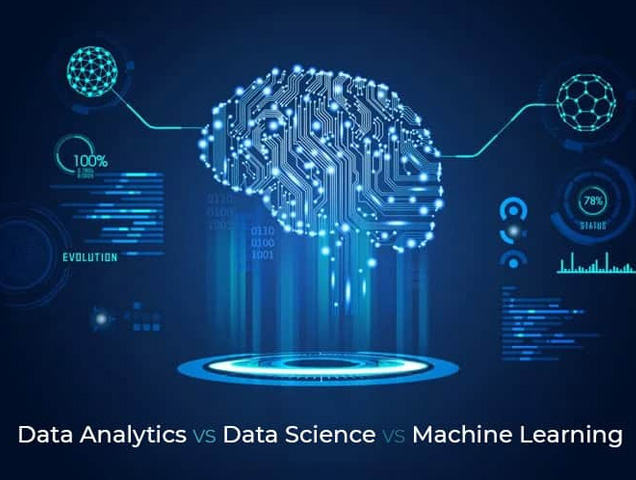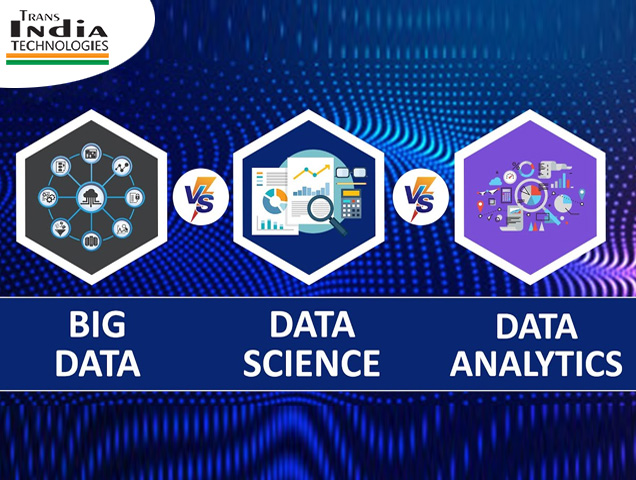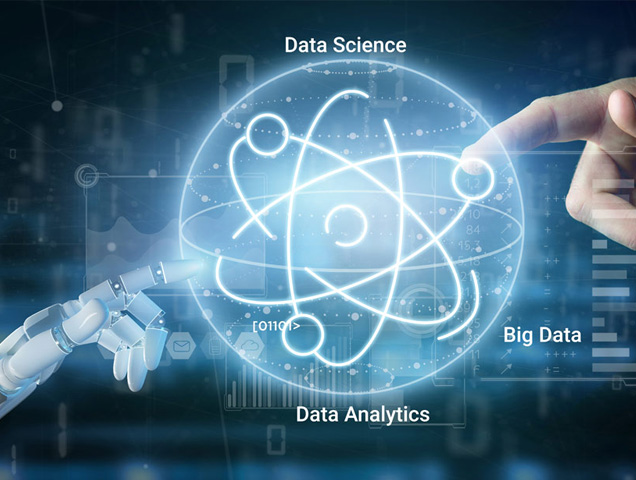
Data Science & Analytics
Decide & Predict what’s next by evaluating, accessing and processing data.
Augmented Analytics in Data Science
Data is god for companies these days! In fact, most, if not all, companies use data to analyze the current market trends, understand their customer requirements, and create their future corporate strategies. However, large multinational corporations definitely have an edge over small and medium-sized companies in extracting insights from data.
Augmented Analytics might change the situation! It may help in creating a more equal data-based corporate culture where all companies would benefit.
Augmented analytics basically uses Machine Learning and Artificial Intelligence to enhance data analytics by finding a new method of creating, developing, and sharing data analytics.
Benefits of Augmented Analytics
Agility: Increasing speed to insight
Accuracy: Providing a more complete picture
Efficiency: Automating operational tasks
Confidence: Powerful analysis in context
What is augmented analytics?
Augmented analytics is a class of analytics powered by artificial intelligence (AI) and machine learning (ML) that expands a human’s ability to interact with data at a contextual level. Augmented analytics consists of tools and software that bring analytical capabilities—whether it be recommendations, insights, or guidance on a query—to more people.
Machine learning, an area of computer science that uses data to extract algorithms and learning models, is a core technology in many augmented analytics features. Machine learning helps people in analysis, often by reducing or eliminating tedious work so that people get to insights and make decisions with data faster. This spans cleaning, shaping, examining, and filtering data for more accurate and deeper examination.
Machine learning capabilities within BI platforms often surface the results of advanced algorithms as recommendations. Additionally, some applications of augmented analytics leverage ML to learn industry and organizational semantics, as well as user preferences over time, so that questions and results are more personalized and effective in the context of the business during analysis.
Automation is a common feature in augmented analytics solutions, but it’s important to understand the difference between automating tasks, as many technologies do, vs. automating the decision-making that analytics informs. Automating data-driven decision-making takes away the need for human capability, whereas augmentation provides a methodology for underlying technology to guide users to uncover insights they might not see or discover otherwise.
Domain knowledge has always been important for analysis, but augmented analytics, fueled by AI and machine learning, make this skill set even more critical. There are often gaps where humans need to fill in the necessary context, and use the insight gained from analysis to help them make the best decision for the problem at hand.


